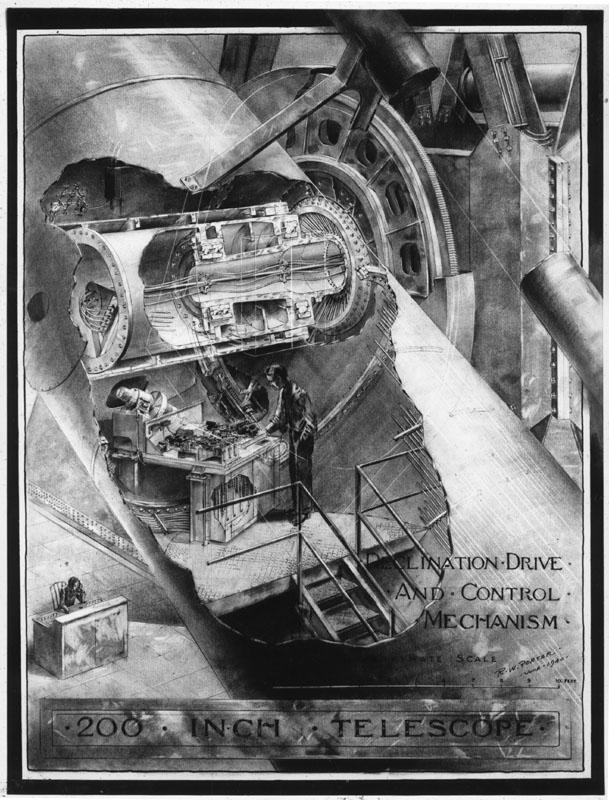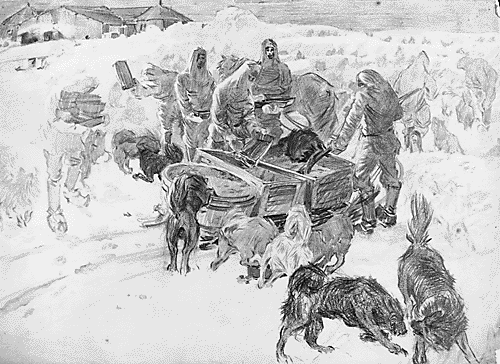I want to try writing some biographies about scientists. Chiefly scientists who fall in the realm of more amateur, because science isn't just for the people with degrees and millions of dollars. It's an art based of off the observation of nature, asking questions like why and how, and using reasoning to begin to look for those answers. Anyone with a curious mind or the desire to have a curious mind can begin to take steps to look for their own answers and draw their own conclusions through a process of trial and error.
After that speech, the first person I want to talk about is Russell W. Porter, who did have a degree from MIT. I choose him for two reasons. The first reason is he was born and raised in Springfield, Vermont which was literally right next door to where I grew up in Rockingham Vermont. I had never heard his name until two years ago, when my grandfather was giving away his library of books and one of Porter's books was in there. We'll get back to the book in a minute. I partly never heard of him because I went to Springfield's rival school, Bellows Falls, so we choose not to talk about them. Both towns had a rich history around the turn of the century, Bellows Falls was the biggest paper producer, had the richest woman in the world, Hetty Green, and the first canal in the Western Hemisphere. Springfield had James Hartness, who was an engineer and former Vermont govener, and a manufacturing industry so large the town was on Hitler's list of places to bomb in WW2. And they Porter. The second reason is his work in amateur astronomy.
Porter was born in 1871. He studied engineering at University of Vermont and Norwich, and later studied art and architecture at MIT. He became a professor of architecture, but that was only one of his many talents.
His art and drawings, shown to the left, made the cutaway style of drawing popular (
more here). But wait, he did more! He was an arctic explorer as well. He volunteered his efforts as an artist to the voyages of Fredrick Cook's voyage to Greenland in 1893, and made several more trips to the arctic, sometimes as an artist and surveyor, sometimes as an astronomical expert.
It's the astronomy I would like to talk about, because his reputation in the field is greater. You see, the book I was talking about was called
Amateur Telescope Making which is a collection of articles he wrote for
Scientific American.
He noticed a lack of books and articles in America at the time about how amateurs could build their own telescopes, and began to use books from Europe to write articles remedying the problem. In it, he describes how to build lenses for any sort of telescopes in your basements. Telescope were not cheap at the time, and they still cost a bit of money today. By building one, someone interested in the universe could not only have a good quality scope, but, with practice, they could build one that was better than what is offered. He was a founder of Stellafane of Springfield, which is still around today as the oldest Amateur club in the US and now one of the oldest in world. They give lessons there on building your own mirrors, which I took part in.
He later worked for the war effort by drawing cutaway drawings for military equipment in his later years. On the day he died in 1949, he had been working on a lens in his basement.


Russell Porter was a friend of my fathers. I Have drawing that Porter did of them building a snow hut on one of the polar expediations
ReplyDeleteGeorge Worrall Jr
ghworrall@gmail.com
I say many thanks to Mr. admin website I read this, because in this website I know a lot of information information that I did not know before his
ReplyDeleteObat Menghilangkan Susah Tidur Di Malam Hari
Obat Herbal Syaraf Kejepit
Obat Yang Aman Bagi Ibu Hamil
Cara Mengobati Tumor Di Bibir Secara Alami
Mengatasi Penyakit Asma Ibu Menyusui
Obat Penyakit Wasir Cair
Cara Pemesanan Pro Cleansing Tea
Obat Batuk Berdarah Alami Yang Aman
Tips Pengobatan Penyakit TBC Kelenjar
Pengobatan Asma Secara Alami